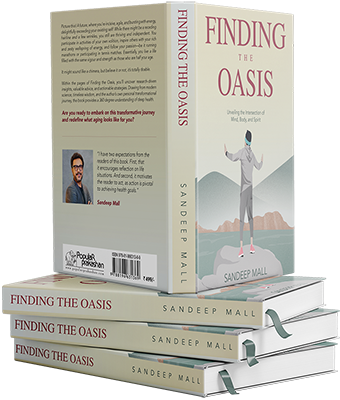Boost Your Natural Energy
Revitalise Your Life with Natural Solutions – Issue #107 ( 13 min read)
What is Energy?
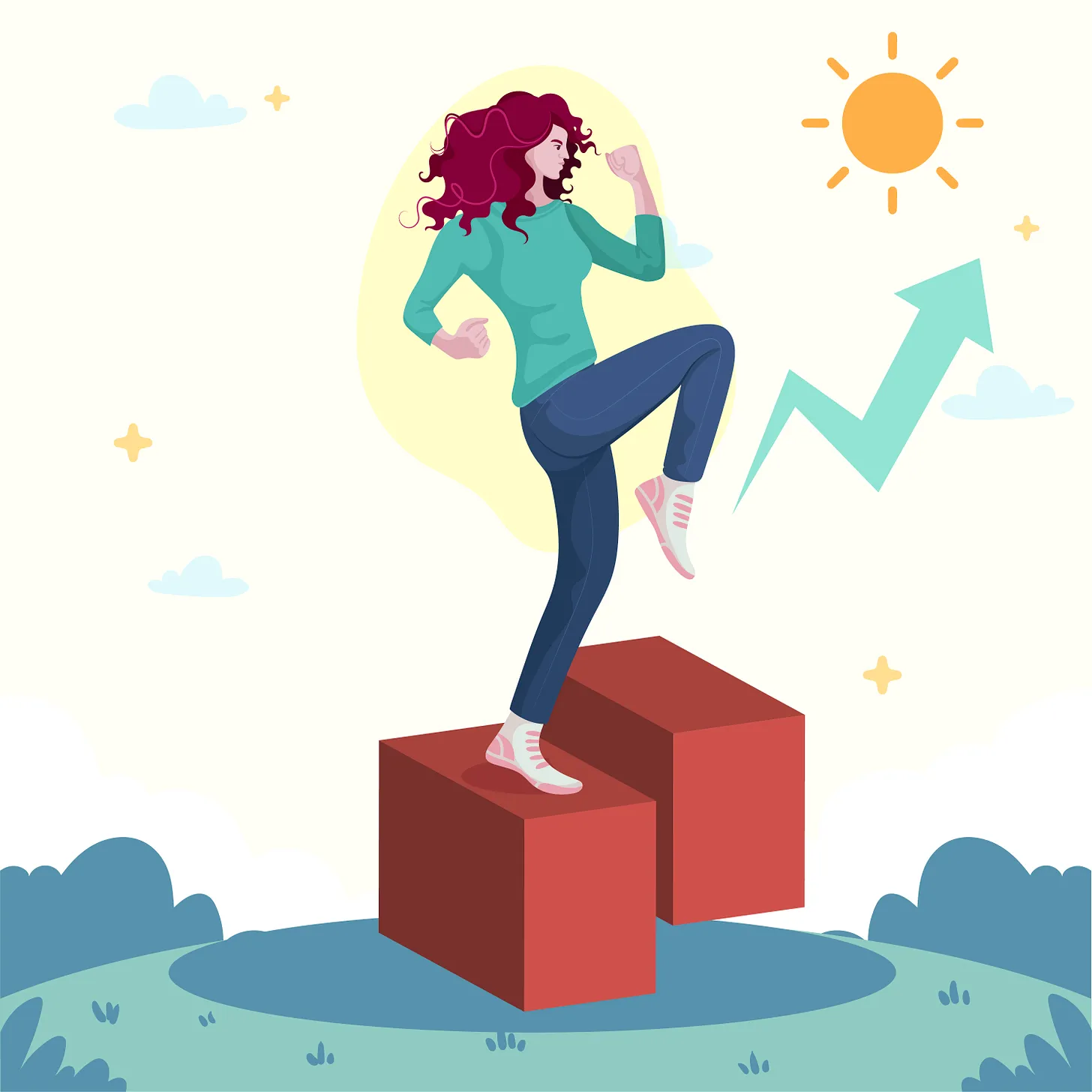
“Energy” has different meanings for different people. For many, it’s about having the strength to do daily activities like thinking, working, and playing. For biologists, it refers to the power generated in cells.
All living beings produce energy. It lets our heart beat, our muscles move, and our brain function. Without energy, basic actions like breathing or reading would be impossible. But beyond just functioning, do you feel energetic enough to enjoy your day or tackle challenges head-on? This is what most people focus on when they talk about lacking energy.
The good news is there are lifestyle changes to boost your natural energy, which we will explore in this newsletter. We’ll also address common causes of fatigue and some medical conditions that can drain energy. Once these issues are managed, you can expect a significant boost in energy. But before diving into solutions, let’s discuss what energy truly means and how it’s generated.
Physical Energy
We often view energy as one simple thing, but it has both physical and mental aspects.
Physically, our brain and muscles function like machines. They need fuel, and their primary source is a molecule named Adenosine Tri-Phosphate (ATP).
Our body produces ATP from the oxygen we inhale and the food we consume. Carbohydrates, fats, and proteins from our diet get broken down during digestion. They can either undergo reactions to produce ATP or be stored for future use.
The body creates ATP swiftly based on demand. For example, during exercise, it uses glucose stored in muscles and the liver, as well as body fats. This ATP production is vital as it dictates how much physical activity you can do. Your fitness level impacts how well you produce and use ATP. Interestingly, exercise helps generate energy, while a lack of activity drains it.
Not getting enough sleep can also lower ATP production. This shows that diet, exercise, and rest are all essential for our body’s energy levels.
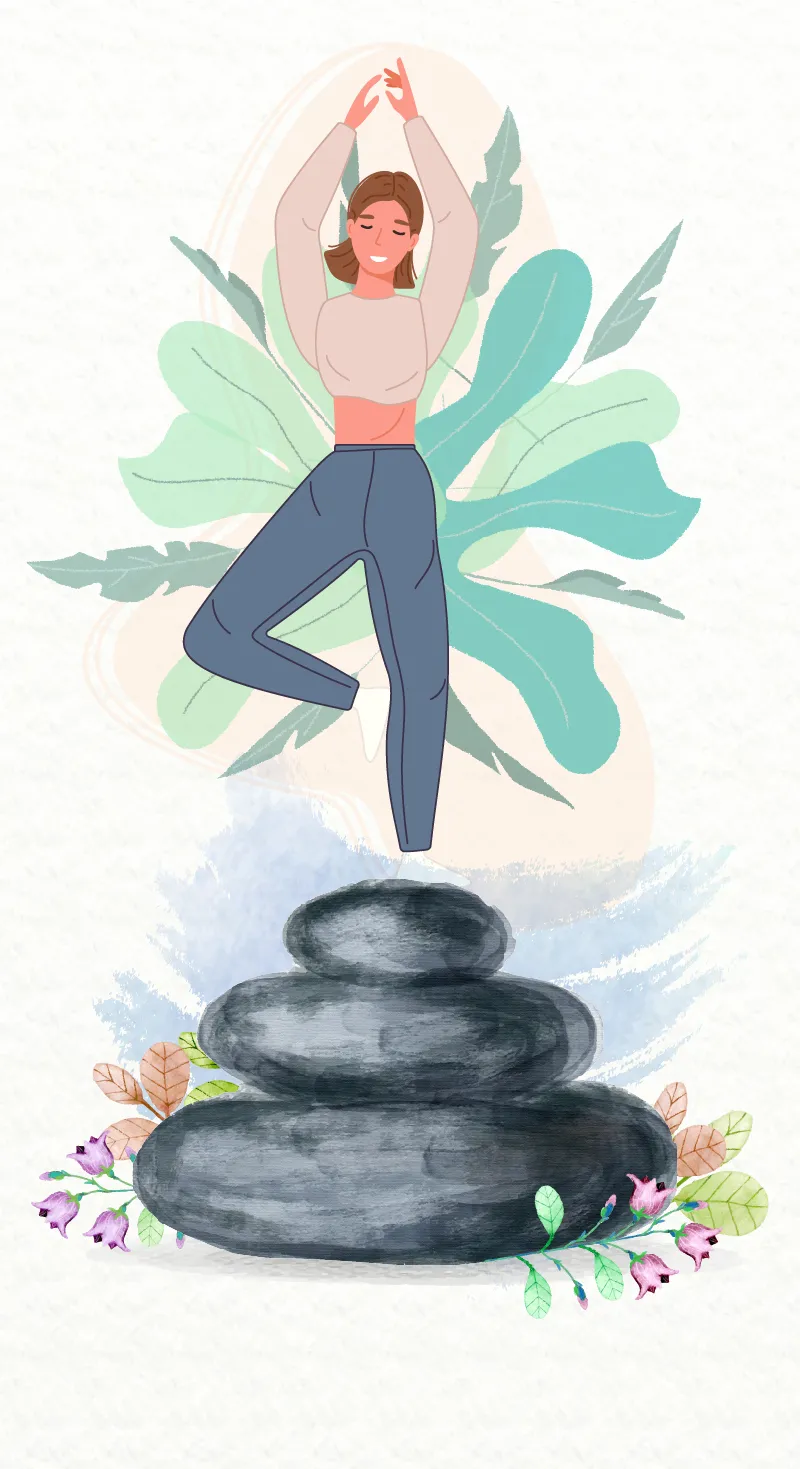
Mental and Emotional Energy
Energy encompasses not only the physical but also the mental and emotional aspects. Being mentally energetic means being curious, alert, and engaged, effortlessly soaking up information. Yet, mental energy is more multifaceted than its physical counterpart.
At one level, mental energy is tied to the cellular energy within brain cells, mirroring the ATP-driven process found in our muscles. Like physical vitality, mental energy benefits from proper nutrition, exercise, adequate sleep, and stress management. However, mental and physical energies don’t always align. One can peak while the other diminishes.
While the exact science remains unclear, our perceived “energy” isn’t just about ATP production in brain cells. It’s influenced by emotions and interest levels. Engaging in an activity with full enthusiasm or experiencing “flow” can make you feel more energetic than when you’re disinterested. Passion and motivation significantly amplify mental vigour. When you’re mentally excited about something, you usually feel the physical energy to pursue it, whereas boredom often leads to feelings of lethargy.
Energy and circadian rhythm
No one remains energetic throughout the entire day. People usually experience energy peaks and troughs. Recognising your body’s natural circadian rhythms can help you align tasks with your most active times. A group of cells in the Hypothalamus, known as the suprachiasmatic nucleus, governs these rhythms. Acting as an ‘internal clock’, they regulate hormone levels, influencing our wakefulness.
This internal clock runs on a 24-hour cycle. Generally, people feel most alert in the morning until early afternoon, experience a lull post-lunch, and then see a revival of energy in the late afternoon or early evening. This energy dips again as night-time approaches and picks up the next day. In essence, this clock gives insight into why energy levels vary throughout the day.
Most people’s energy correlates with daylight, rising and setting with the sun. But not everyone conforms to this norm; some are more active at night. External light significantly influences this internal rhythm. For instance, when subjected to irregular light patterns in controlled experiments, people’s circadian rhythms adjust accordingly. This light influence might explain why a majority of blind individuals experience sleep issues.
How food and Oxygen become energy?
The process by which food and oxygen are converted into energy is a multi-step biological pathway known primarily as Cellular Respiration. Here is a simple explanation:
You breathe oxygen into your lungs. The food you eat is broken down into separate nutrients in your stomach and intestine. Carbohydrates are converted into glucose, fats into fatty acids, and proteins into amino acids
.Oxygen and nutrients travel through the bloodstream to your muscles.
Oxygen and nutrients are transported from the bloodstream into muscle cells.
Mitochondria convert oxygen and nutrients to ATP, providing energy to cells. ATP provides energy for everything from walking to thinking.
Oxygen, which we breathe in, is crucial for the electron transport chain. It serves as the final acceptor of electrons. Without oxygen, the chain would halt, preventing the cell from producing the bulk of its ATP. In the absence of oxygen, cells can still produce energy through anaerobic respiration, but it’s much less efficient than aerobic respiration.
Six steps to jump start your natural energy
Food- Eat for energy – Caffeine and sugar might boost your energy briefly. However, for sustained energy, a balanced, nutritious diet is essential. Here are some strategies to derive energy from your meals:
Embrace Vegetables: A diet rich in vegetables, fruits, nuts, whole grains, healthy fats, and lean protein promotes health and energy.
Eat Regular, Small Meals: Small meals or snacks every few hours can keep your energy consistent. A small piece of fruit or a handful of nuts can fuel your brain sufficiently. Especially at lunch, lighter meals can help avoid afternoon fatigue.
Steer Clear of Crash Diets: Gradual weight loss without compromising on essential nutrients is the key. Poor nutrition can lead to tiredness. Even when dieting, regular meals are essential to keep your brain fuelled with glucose.
Mind Your Caffeine Intake: While caffeine can sharpen your alertness for a couple of hours post-consumption, excessive intake can lead to sleep issues. Limit your consumption to when you really need an alertness boost.
Moderate Alcohol Consumption: Alcohol can decrease your energy. If you intend to stay active in the evening, skip the evening drink. Also, avoid alcohol right before bedtime as it can disrupt your sleep. If you choose to drink, moderation is crucial.
Stay Hydrated: Water is essential for optimal performance in most activities. Dehydration often manifests as fatigue. While sports drinks might be useful during intense workouts, they often aren’t necessary for day-to-day activities and might even add unnecessary calories.
Move – Exercise regularly – Exercise undoubtedly boosts energy. The hurdle is making it a regular habit. Schedule it as an appointment on your calendar and commit to it. Treat it with the same importance as a work meeting. If you have health conditions causing fatigue, like chronic fatigue syndrome or multiple sclerosis, approach exercise with care and consult your doctor before starting.
Warm-Up and Cool-Down: Start every exercise session with a 5 to 10-minute warm-up, like marching in place or slow cycling. Conclude with a similar duration cool-down, walking slowly until you feel calm. Ensure you stretch at the end to prevent stiffness and enhance flexibility.
Embrace Walking: Walking is an accessible and cost-effective aerobic activity. Brisk walking for at least 30 minutes, five times a week, offers health benefits on par with more intense exercises. Consistent walkers have lower risks of various diseases, including heart disease and diabetes. Start with short, slow-paced walks and gradually increase the duration and speed. If seeking more intense workouts, consider running, hiking, biking, or swimming.
Strength Training: Resistance exercises, like weight lifting, are essential, especially for older adults, as they enhance muscle mass. You don’t need heavy weights; even light hand weights can suffice. Initially, focus on form with light weights, and over time, increase the weight.
Sleep Well – A restful night’s sleep can greatly impact your energy levels. Instead of struggling with restlessness, consider making some simple behavioural changes for better sleep. For more serious conditions like sleep apnoea, consult a sleep specialist.
Make Sleep Important: Prioritize sleep over other activities, even in our busy lives. Think of sleep as a crucial appointment in your schedule. Commit to it daily.
Adopt Good Sleep Habits: Use your bed for sleep and intimacy only. Engage in other activities like reading or watching TV in another room. Maintain a consistent sleep schedule, even on weekends. If you can’t sleep after 20-30 minutes, move to another room and do something calming. Return to bed later.
Daytime Exercise: Regular physical activity can improve your sleep quality. Even light activity can have positive effects on sleep. Aim for morning workouts outdoors for the added benefit of natural daylight.
Steer Clear of Smoking: Smoking not only affects your overall health but can also disrupt sleep patterns.
Limit Caffeine: The stimulating effects of caffeine can last for hours, making it hard to fall asleep. If you are sensitive to caffeine, consider cutting it out after noon.
Reduce Alcohol: While alcohol might make you sleepy, it affects the quality of your sleep. Drinking can decrease REM sleep, causing you to wake up feeling tired.
Relaxation Techniques: Before bedtime, engage in activities that help calm your mind:
Listen to calming music.
Take a warm bath.
Do some gentle stretches.
Read in soft lighting.
Rethink Sleep Medications: While helpful in the short term, relying on sleep medications can leave you feeling tired during the day. Prescription meds can cause tolerance, while over-the-counter options might not always be effective. Consider them as a last option.
Manage Stress – Persistent fatigue often stems from stress and the emotions it triggers. These emotions require a lot of energy. While some people naturally cope better with such emotions, everyone can improve their handling of them.
Acquire relaxation techniques. While you can’t remove all stress, you can adopt relaxation methods to counter it. Techniques like deep breathing, meditation, progressive muscle relaxation, and visualization help induce a restful state. These exercises create changes in the body, such as lowering blood pressure and heartbeat, that may alleviate anxiety. Short relaxation exercises and mindfulness can also assist if you’re short on time.
Respond mindfully to stress:
Stop. Create a mental pause to prevent a negative reaction.
Breathe. Take deep breaths to relax and gain perspective.
Reflect. Gauge the real gravity of the situation. Is there another perspective? What’s the worst outcome?
Choose. Decide on your action. Accept what you can’t change and address what you can.
Pursue a hobby. Engaging in something you love, like music or crafts, can divert your attention from worries. Activities like knitting have a repetitive nature that eases stress and anxiety, promoting calmness.
Reduce commitments. A packed schedule can drain energy. Prioritise and don’t hesitate to decline some tasks or events. If work is the primary source of overload, adopt efficiency strategies and consider seeking additional resources or support.
Exercise. Regular physical activity combats stress. It lowers stress hormone levels and boosts mood-elevating endorphins. Activities like swimming or walking also provide a mental break.
Engage in mind-body activities. Yoga emphasise controlled movements and deep breathing. These activities can diminish stress, boost energy, and enhance mood.
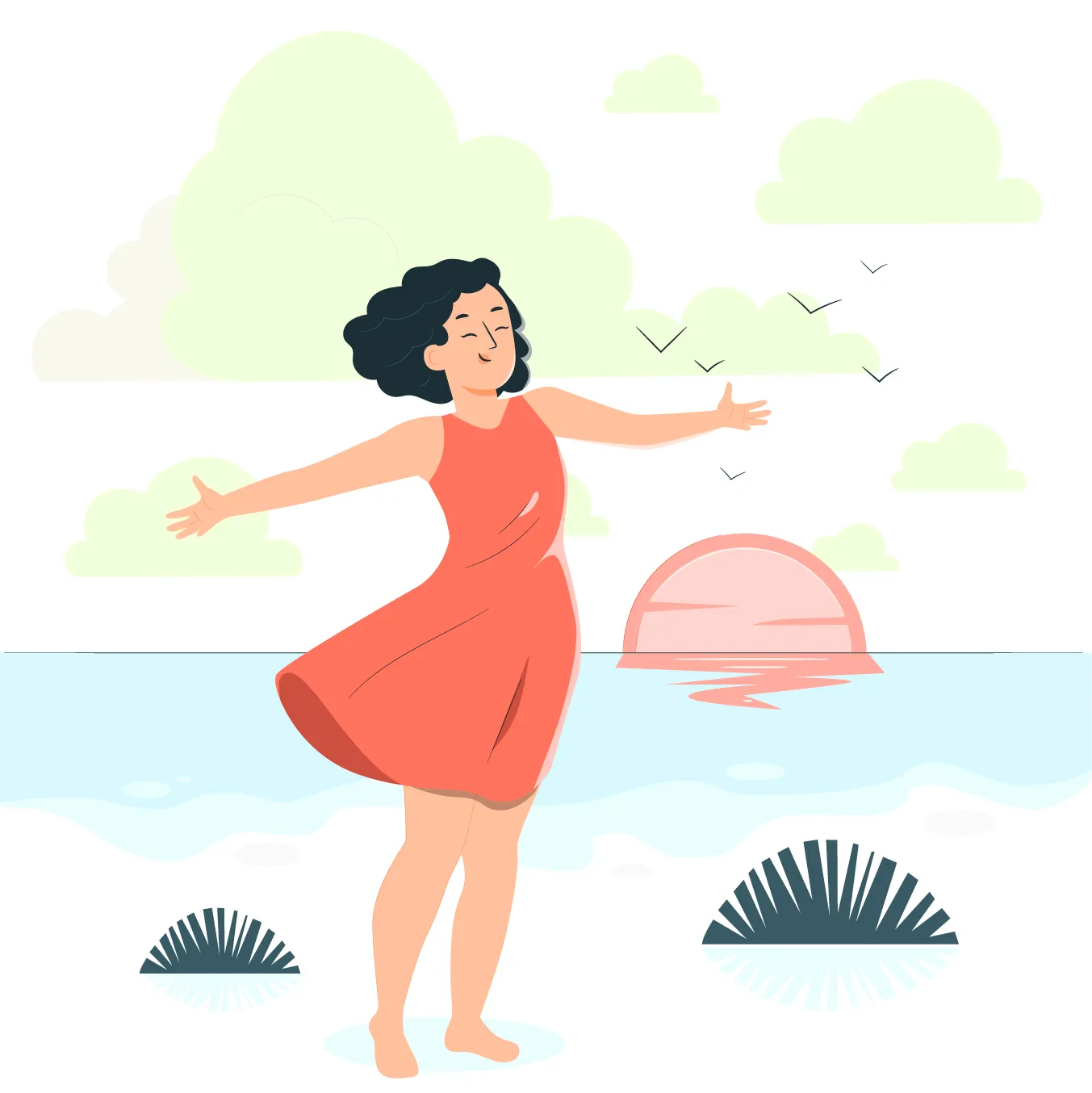
Connect with nature – People who love the outdoors, whether gardening, hiking, or walking on the beach, understand that nature refreshes both body and soul. Few scientific studies prove that nature combats fatigue, but this idea is gaining traction. Recent research in four European cities showed that visits to green spaces, like parks and gardens, improved mental health and vitality, meaning less fatigue and more energy.
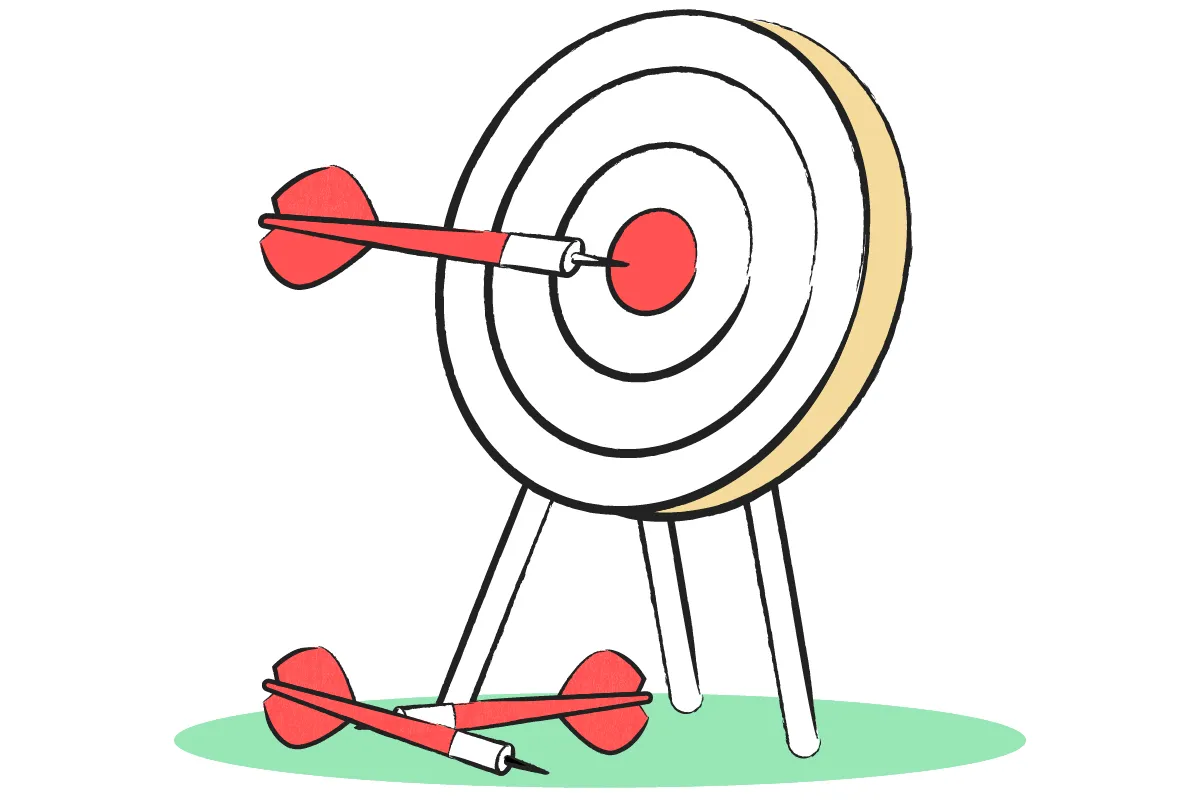
Keep focussed on goals – If you struggle to maintain these changes, take a moment to reflect on why you want more energy. Do you miss feeling at your peak? Are there activities you’d enjoy with a bit more vitality? Motivation plays a key role in energy levels. Achieving goals boosts well-being, which in turn can raise energy levels. To strengthen your determination, do this: list your proudest achievements and your favourite activities, such as travel, gardening, playing an instrument, social events, reading, or sports. Compare the two lists. Can you merge what you love with achievable goals? Aim to find activities that invigorate you rather than feel like chores. Direct your energy towards what truly matters to you.
If you still are missing the energy despite adopting these strategies, it’s better to visit a doctor as a host of illnesses can cause fatigue like depression and anxiety to sleep disorders, chronic fatigue syndrome, fibromyalgia, anaemia, heart failure, multiple sclerosis, traumatic brain injury, cancer, chronic infections, and hormonal disorders.
Energy in a bottle
Seeking energy from a bottle? Many people do. Energy drinks and shots, like Monster Energy, Red Bull etc. , attract many, especially teenagers and young adults. They consume them for energy boosts and weight loss help. Over 500 such products exist, with yearly sales hitting $25 billion.
However, the primary ingredient boosting energy in these drinks is caffeine. Consumer reports found that caffeine content in 27 energy drinks varied widely. For context, a regular coffee cup contains about 100 mg of caffeine, while 350 ml. of Coca-Cola has 50 mg.
Besides caffeine, many of these drinks are sugar-rich. This combination can cause an initial energy surge followed by a quick crash. While these drinks market various “energy-boosting” ingredients, they often lack evidence to back their claims unless caffeine is involved.
The main concern is excessive consumption, especially among young adults. High caffeine intake can lead to dehydration and other issues. A study in 2017 in the Journal of the American Heart Association noted that energy drink consumers experienced abnormal heart activities and blood pressure spikes, increasing the risk of irregular heart rhythms.
Health experts are wary of mixing energy drinks with alcohol. The FDA has cautioned manufacturers against adding caffeine to alcoholic drinks. The stimulating effects of energy drinks can counteract alcohol’s sedating effects, leading people to drink more. The caffeine might also make individuals underestimate their intoxication level.
If you have heart or blood pressure issues, steer clear of energy drinks. If you’re healthy and seek a quick energy boost, consuming an energy drink occasionally might be okay, but don’t make it a habit. Instead, opt for coffee, tea, or better still, generate energy via nutritional, exercise, and lifestyle methods.
All illustrations are by Kratika Singhal


